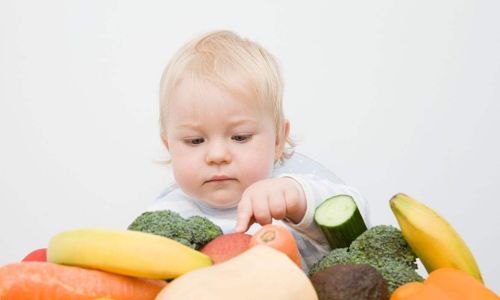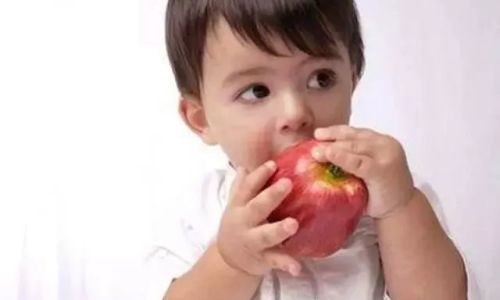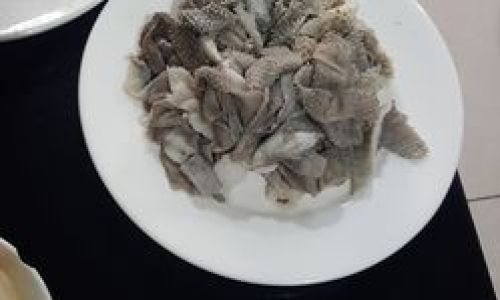Introducing solid foods to a baby’s diet is a significant milestone, and fruits often top the list of recommended first foods due to their natural sweetness, vibrant colors, and rich nutrient profiles. However, while fruits offer numerous health benefits, they also require careful consideration to ensure safety, digestibility, and appropriateness for a baby’s developing system. This article explores critical precautions parents should take when feeding fruits to their infants, covering topics such as timing, preparation methods, allergy risks, choking hazards, and hygiene practices. By understanding these guidelines, caregivers can create a positive and nourishing experience for their little ones.
When to Start Feeding Fruits to Your Baby
The American Academy of Pediatrics (AAP) recommends introducing solid foods, including fruits, around six months of age when babies typically show signs of readiness, such as sitting upright with support, displaying interest in food, and losing the tongue-thrust reflex. Prior to this, exclusive breastfeeding or formula feeding provides all necessary nutrients. Starting too early may increase the risk of choking or digestive issues, as a baby’s gastrointestinal tract is not yet mature enough to handle solids. Conversely, delaying beyond six months may lead to nutritional gaps or reluctance to accept new textures. Always consult a pediatrician before initiating solids, especially if your baby was born prematurely or has existing health conditions.
Choosing the Right Fruits for Your Baby
Not all fruits are equally suitable for infants. Opt for soft, easily mashable varieties that pose minimal choking risks and are less likely to trigger allergies. Ideal first fruits include:
- Bananas: Naturally creamy and rich in potassium, they require minimal preparation.
- Apples and Pears: Steamed or baked until tender, these fruits offer gentle fiber and sweetness.
- Avocados: A nutrient-dense powerhouse with healthy fats, ideal for brain development.
- Mangoes and Peaches: Soft when ripe, these provide vitamins A and C.
Avoid acidic or fibrous fruits like citrus, berries, or pineapple initially, as they may irritate delicate stomachs or cause rashes. Once your baby tolerates mild fruits, gradually introduce others, always observing for adverse reactions.

Preparation Methods: Safety and Digestibility
How you prepare fruits significantly impacts their safety and ease of consumption. Follow these guidelines:
- Steam or Bake: Cooking harder fruits like apples or carrots softens their texture, making them easier to mash or puree.
- Mash or Puree: For younger babies, blend cooked fruits into a smooth consistency. As they grow, transition to chunkier textures to encourage chewing.
- Finger Foods: Cut soft fruits (e.g., banana slices, avocado wedges) into small, bite-sized pieces for self-feeding practice, typically around 8-10 months.
- Avoid Added Sugars or Salts: Babies do not need seasoning. Opt for natural flavors to cultivate healthy preferences.
Allergies and Sensitivities: Proceed with Caution
Fruit allergies, though less common than those to nuts or dairy, still exist. Common culprits include strawberries, kiwis, and citrus fruits. To minimize risks:

- Introduce one new fruit at a time, waiting 3-5 days before offering another. This allows time to monitor for hives, vomiting, diarrhea, or difficulty breathing—all signs of an allergic reaction.
- If allergies run in your family, discuss potential triggers with your pediatrician.
- For high-risk fruits (e.g., strawberries), consider cooking or pureeing them first, as heat can break down allergy-inducing proteins.
Choking Hazards: Prevention Strategies
Choking is a primary concern when feeding babies. Always:
- Cut Fruits Appropriately: Remove pits, seeds, and tough skins. Grapes, cherries, and cherry tomatoes should be halved or quartered lengthwise.
- Avoid Hard or Round Pieces: Whole blueberries or chunks of raw apple pose suffocation risks. Opt for soft, pliable textures instead.
- Supervise Mealtimes: Never leave your baby unattended while eating. Stay within arm’s reach to intervene if choking occurs.
- Learn First Aid: Enroll in a infant CPR course to handle emergencies confidently.
Hygiene and Food Safety
Infants have immature immune systems, making food safety paramount:

- Wash Fruits Thoroughly: Rinse under running water to remove pesticides, bacteria, or dirt. Use a vegetable brush for firm produce like apples.
- Avoid Contamination: Use separate cutting boards and utensils for fruits and raw meats.
- Store Properly: Refrigerate leftover purees within two hours and discard after 24 hours to prevent bacterial growth.
- Avoid Honey-Sweetened Fruits: Honey can harbor Clostridium botulinum spores, which are toxic to infants under one year.
Seasonal and Organic Considerations
While organic fruits may reduce pesticide exposure, they are not always accessible or affordable. Prioritize washing over organic labeling. Seasonal fruits often taste fresher and retain more nutrients, making them a cost-effective choice. For example, summer peaches or winter pears can introduce varied flavors while supporting local agriculture.
Portion Control and Moderation
Babies have tiny stomachs—a single serving of fruit should fit in the palm of their hand (about 1-2 tablespoons for 6-8 months, increasing to ¼ cup by 12 months). Overfeeding fruits can displace essential nutrients from breast milk or formula, leading to imbalances. Additionally, excessive fruit intake may cause loose stools due to their high fiber and sugar content.

Creative Ways to Serve Fruits
Beyond purees, experiment with:
- Smoothies: Blend fruits with breast milk or yogurt for a nutrient-packed drink.
- Fruit Popsicles: Freeze pureed mango or banana into silicone molds for teething relief.
- Yogurt Parfaits: Layer mashed berries with whole-milk yogurt and oatmeal for breakfast.
- Fruit-Infused Water: Add sliced cucumber or orange to water for hydration without added sugars.
Common Mistakes to Avoid
- Introducing Fruits Too Early: Premature solids can lead to obesity or feeding difficulties.
- Ignoring Allergy Signs: Dismiss reactions like rashes or fussiness as “just a phase.”
- Overreliance on Juice: Fruit juice lacks fiber and can cause tooth decay. Limit to 4 ounces daily for toddlers (and avoid before age one).
- Using Processed Fruits: Dried fruits or canned varieties in syrup contain added sugars and preservatives.
Conclusion: Balancing Nourishment and Caution
Fruits are a delightful addition to your baby’s diet, offering vitamins, antioxidants, and sensory exploration. However, their introduction demands vigilance—from selecting age-appropriate varieties to preventing choking and allergies. By prioritizing safety, variety, and moderation, you lay the foundation for a lifetime of healthy eating habits. Remember, every baby is unique; trust your instincts, observe their cues, and celebrate each milestone with patience and joy. After all, the goal is not perfection but progress, one small, delicious bite at a time.






0 comments